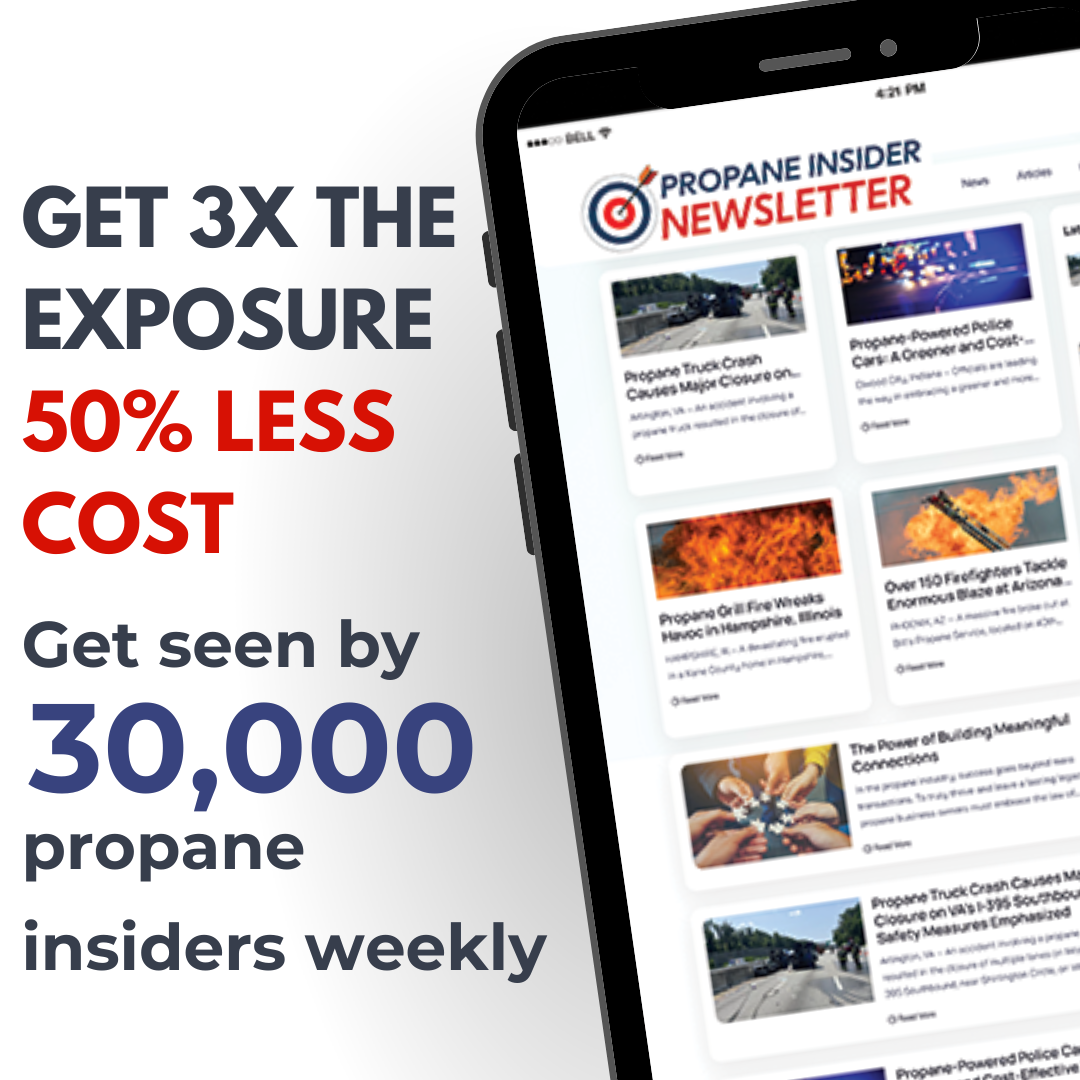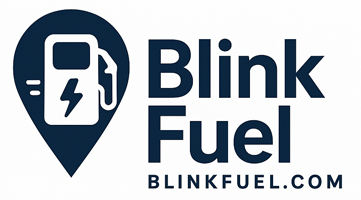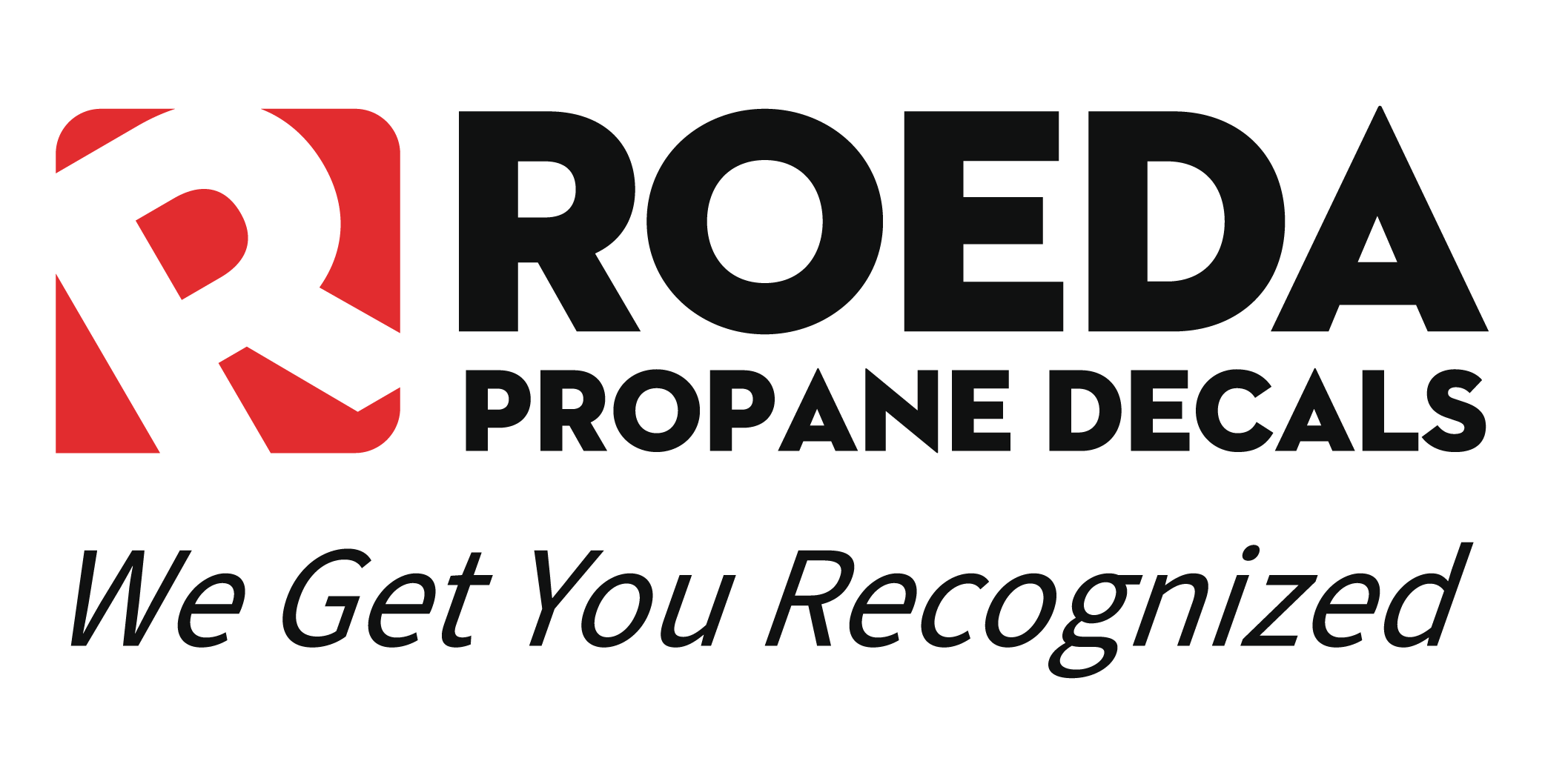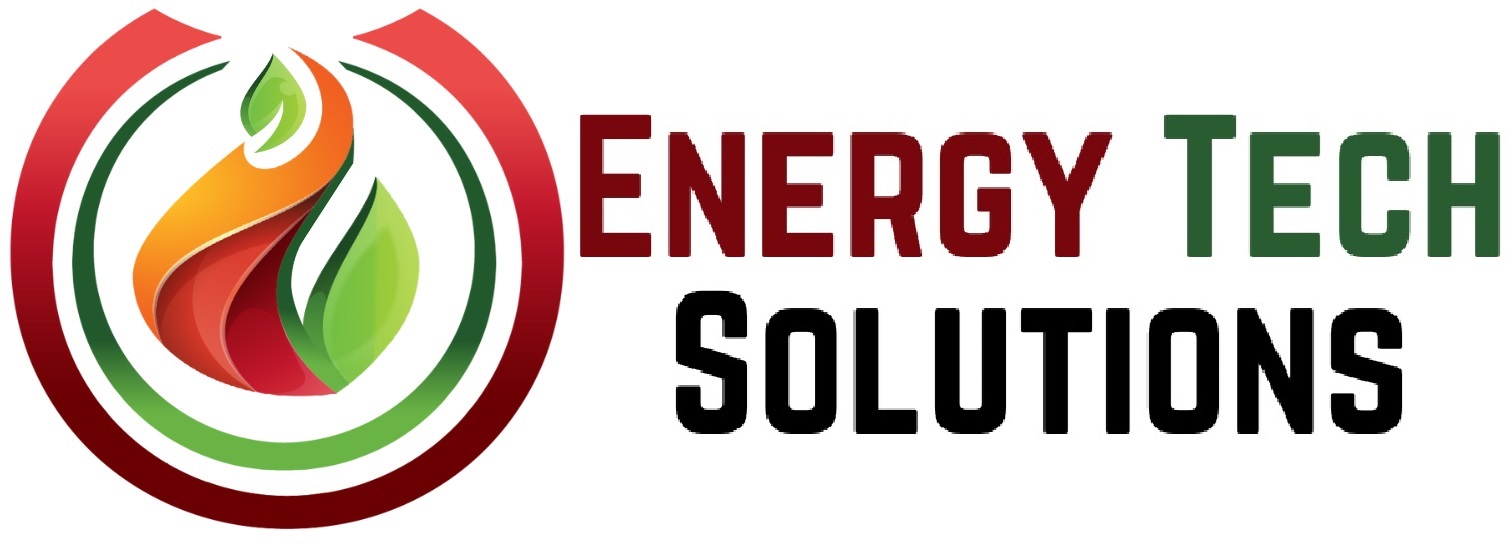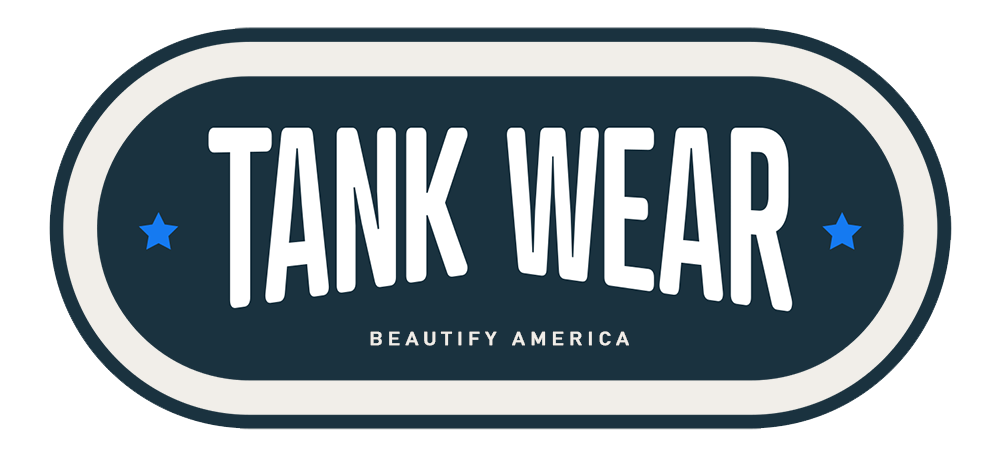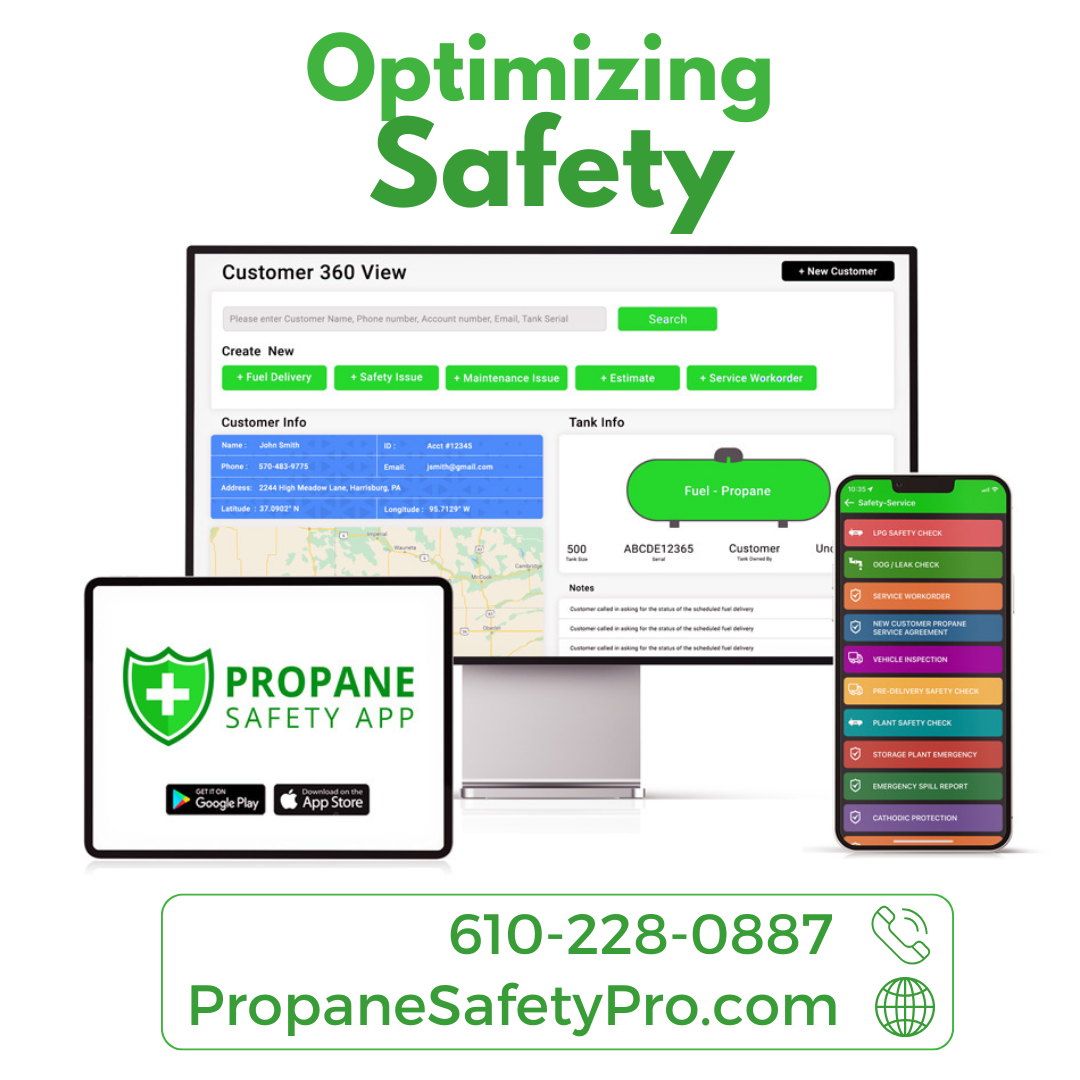Spotting Weak Points in the Propane Supply Chain

When you think about propane’s journey before reaching your customers, you may picture a complex network of suppliers, distributors, and storage facilities. But where in this supply chain do problems tend to pop up? Knowing these weak spots helps protect your business and steady your propane supply, even in tough times.
How Propane Travels
Propane starts as a byproduct of natural gas processing or crude oil refining. From there, it goes through several critical stages before it reaches your customer’s tank. These stages include production, storage, transportation, and distribution. If you’re running a propane business, each stage has challenges that could slow down or interrupt your supply. By understanding these stages, you will better understand where delays or shortages might occur and what you can do about them.
Key Points for Weaknesses
Each part of the supply chain has its weak points. Let’s break down some areas that need close attention to prevent supply issues.
Production Problems
Propane production depends on the oil and gas industries’ cycles and challenges. During high demand or restricted supply in those industries, propane production can fall short. For your business, this means that a disruption in propane production could lead to shortages or higher prices, especially during winter.
Storage Limits
After production, propane is stored in bulk tanks before being transported. However, storage facilities are limited and can fill up quickly, especially when demand is low, or prices are too high for distributors to buy in bulk. If storage facilities reach capacity, producers might scale back production. This could mean limited availability for propane businesses when demand spikes, affecting both your costs and supply reliability.
Transportation Roadblocks
Once propane is ready to leave storage, it travels by pipelines, rail, or trucks to reach distributors and retailers. Each of these transportation methods has its potential issues. Road closures, bad weather, and driver shortages can slow delivery, while pipeline issues might create long-term disruptions. These delays can directly impact your delivery schedules and reliability, especially if you need access to backup suppliers.
Distribution Challenges
The final step of the supply chain is distribution, where propane reaches local businesses and customers. Distribution can run into problems if demand suddenly spikes, as it often does in colder months. If your supplier needs help to meet demand, your business might face delays or shortages, especially in rural areas or regions far from supply hubs.
Events Affecting the Supply Chain
The propane supply chain is also impacted by factors beyond local control. Natural disasters, international conflicts, governmental policies, and market changes can all affect the supply chain. For instance, hurricanes that hit oil-producing regions or new regulations that limit drilling can drive up prices or create temporary shortages. Even unexpected weather changes can affect your business if some links in your supply chain are weak.
Knowing Weak Spots Can Help
By identifying these weak points, you can prepare for disruptions and even prevent some of them from affecting your business. You can make better decisions when planning your supply needs and backup resources by knowing where the risks lie. With proper planning, you can reduce the impact of supply chain issues on your operations, keeping your customers happy and your business running smoothly.
Why This Matters
Understanding every link in the supply chain helps propane businesses prepare for unpredictable events that could disrupt their supply and drive up prices. By knowing these weak points, they can put systems in place to protect against them, helping to secure a steady, affordable propane supply. Ultimately, this knowledge improves operations, strengthens customer trust, and builds long-term business stability.

